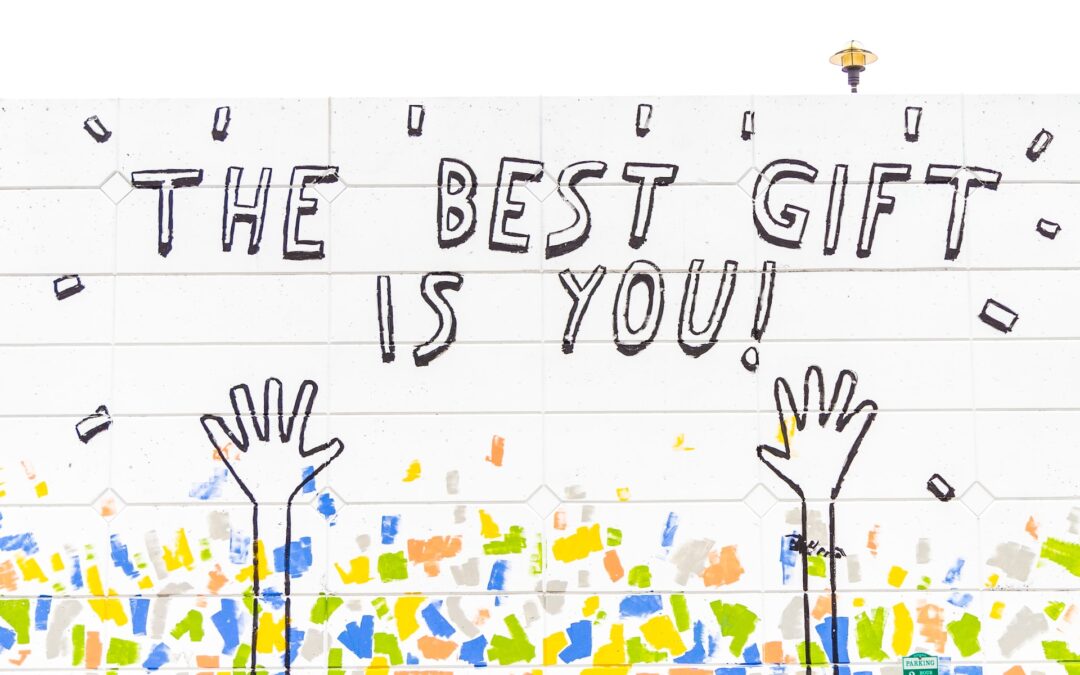Education, a grand tapestry interwoven with threads of enlightenment and transformation! It extends far beyond the mere transmission of knowledge, transcending boundaries to mold the very fabric of future generations, equipping them to navigate the intricate web of a diverse and interconnected world. Brace yourself, dear reader, for within the realms of this article, we shall embark upon a captivating expedition, unraveling the dire need for diversity and inclusion in the realm of education. Together, we shall peel back the layers, delving deep into the essence of their significance, unearthing the abundant benefits they bestow, and unraveling the elusive methods through which they can be fostered, birthing inclusive and equitable learning environments.
Why Diversity and Inclusion Are Vital in Education
Establishing an Inclusive Environment for All Students
Diversity and inclusion in education go beyond being mere buzzwords; they are fundamental to creating a welcoming and supportive environment for all students. This means providing equal opportunities to individuals from various backgrounds, including different genders, abilities, ethnicities, socioeconomic statuses, and ages [1]. The goal is to foster a sense of belonging where every student feels accepted, valued, and supported.
Enhancing Learning and Academic Achievement
Exposing students to diverse perspectives, experiences, and cultures enriches their learning journey. It broadens their understanding of the world, cultivates critical thinking skills, and nurtures an appreciation for different viewpoints [4]. Inclusive education also enhances academic success by tailoring teaching approaches and resources to meet the diverse needs of students [2].
Nurturing Social and Emotional Development
Inclusive education creates opportunities for students to interact and collaborate with peers from diverse backgrounds. This fosters empathy, tolerance, and respect for others. Students learn to value differences, challenge stereotypes, and develop strong interpersonal skills [3].
Breaking the Cycle of Discrimination and Inequality
Education is a potent tool for breaking the cycle of discrimination and inequality. Inclusive education challenges discriminatory attitudes, promotes social justice, and contributes to a more equitable society. It addresses barriers faced by marginalized groups, such as gender inequality, racial discrimination, and socioeconomic disparities [4].
The Advantages of Diversity and Inclusion in Education
Academic Excellence and Innovation
Diverse classrooms stimulate innovative thinking and problem-solving. When students with different backgrounds collaborate, they bring unique perspectives and ideas to the table, leading to creative solutions and academic excellence. This prepares students for the diverse and dynamic world they will encounter beyond the classroom [4].
Personal Growth and Self-Acceptance
Inclusive education fosters personal growth and self-acceptance among students. When students see themselves represented and valued in the curriculum and learning environment, it boosts their self-esteem, confidence, and overall well-being. They develop a positive self-identity and are more likely to reach their full potential [1].
Preparation for a Globalized World
In today’s globalized world, it is crucial for students to understand and appreciate different cultures, languages, and perspectives. Inclusive education equips students with the skills needed to thrive in diverse societies and prepares them to be active global citizens. It promotes cultural competency, adaptability, and intercultural communication skills [2].
Reduction of Prejudice and Bias
Education has the power to challenge stereotypes and diminish prejudice. By exposing students to diverse experiences and narratives, inclusive education helps break down barriers and fosters acceptance of others. It cultivates a more inclusive and harmonious society where individuals are evaluated based on their character and abilities rather than their differences [3].













0 Comments